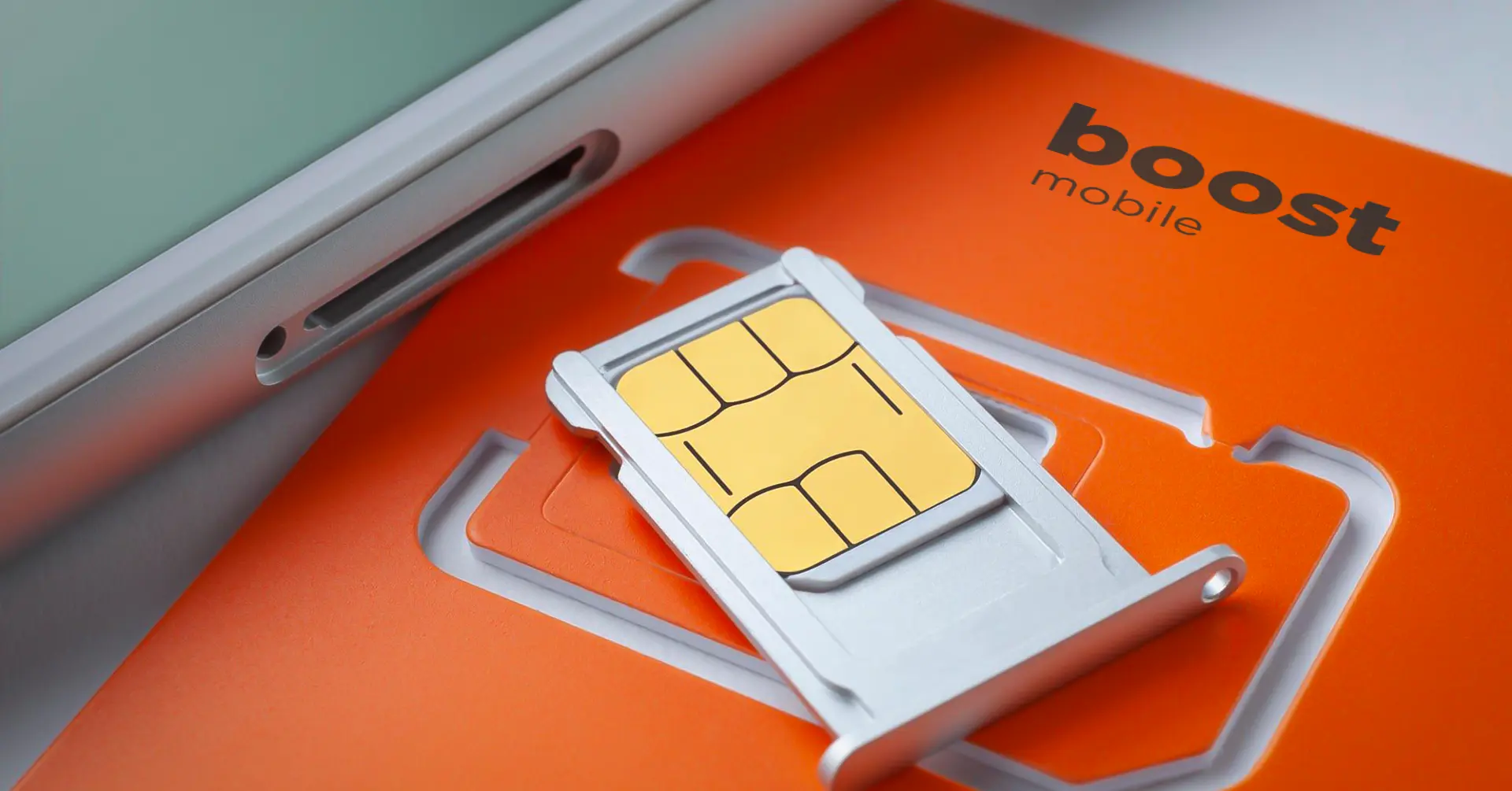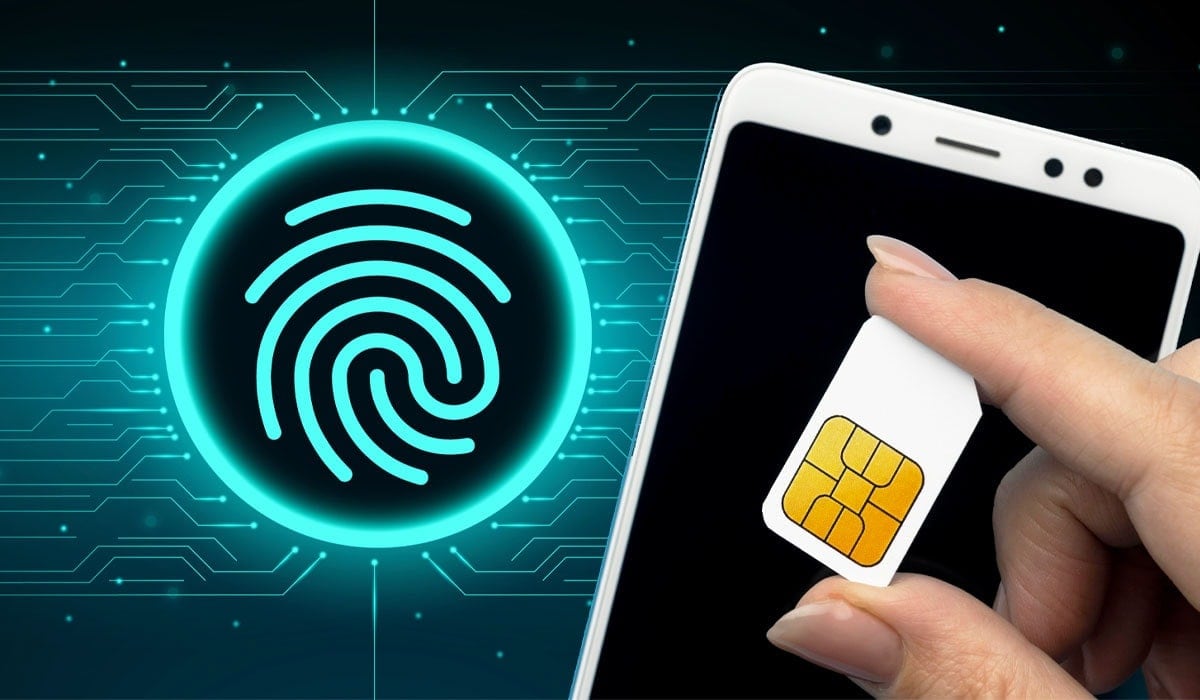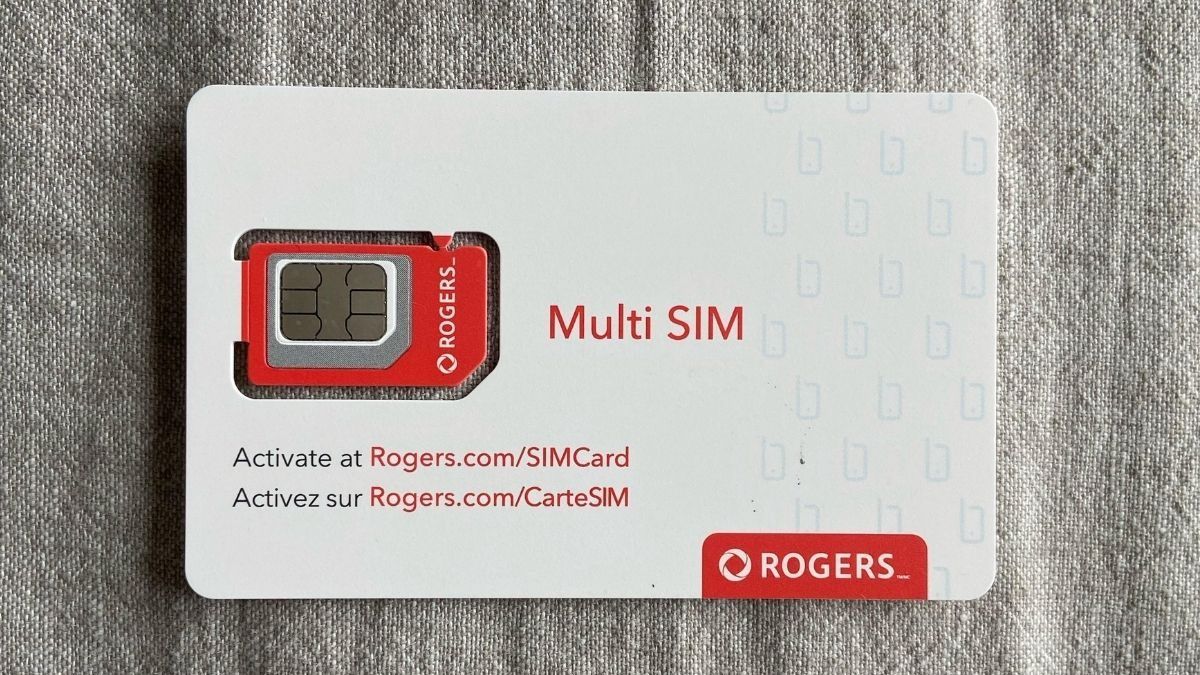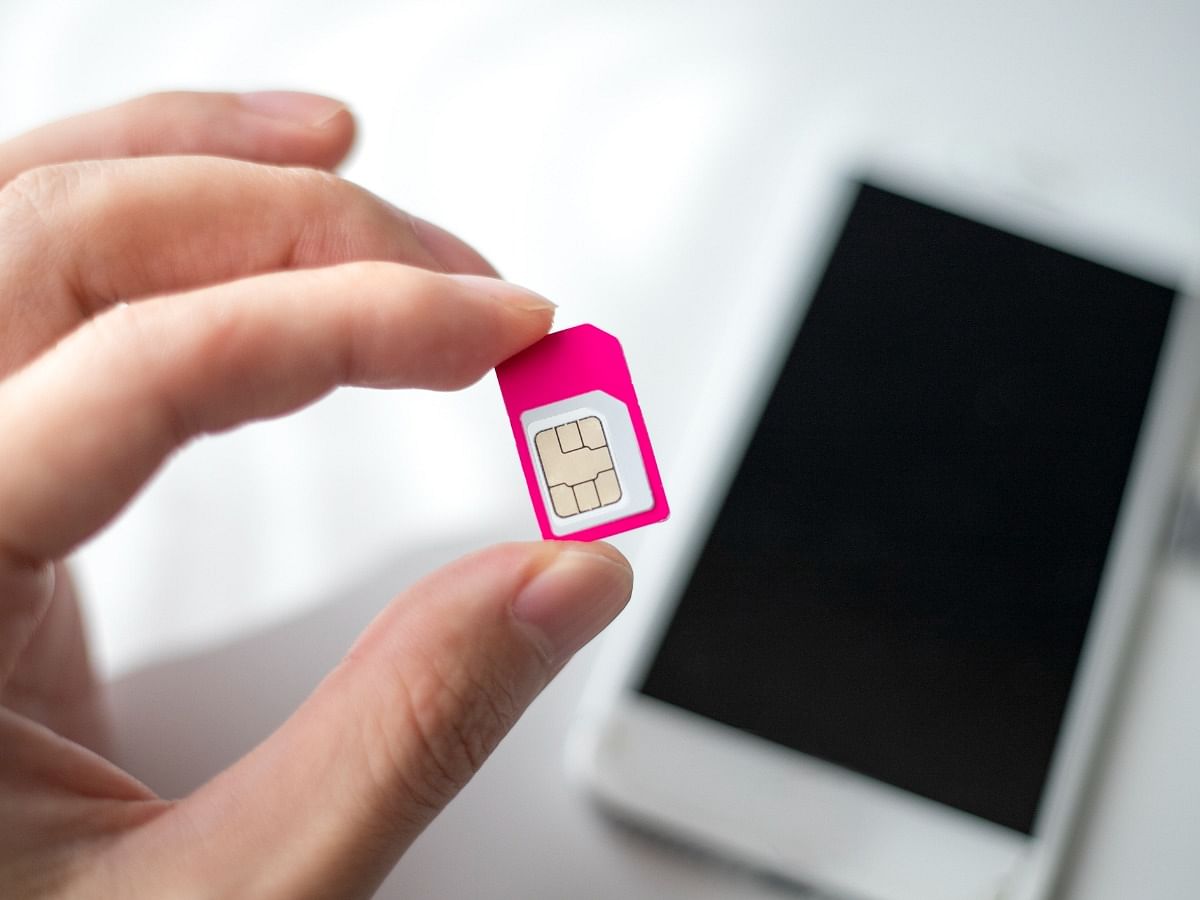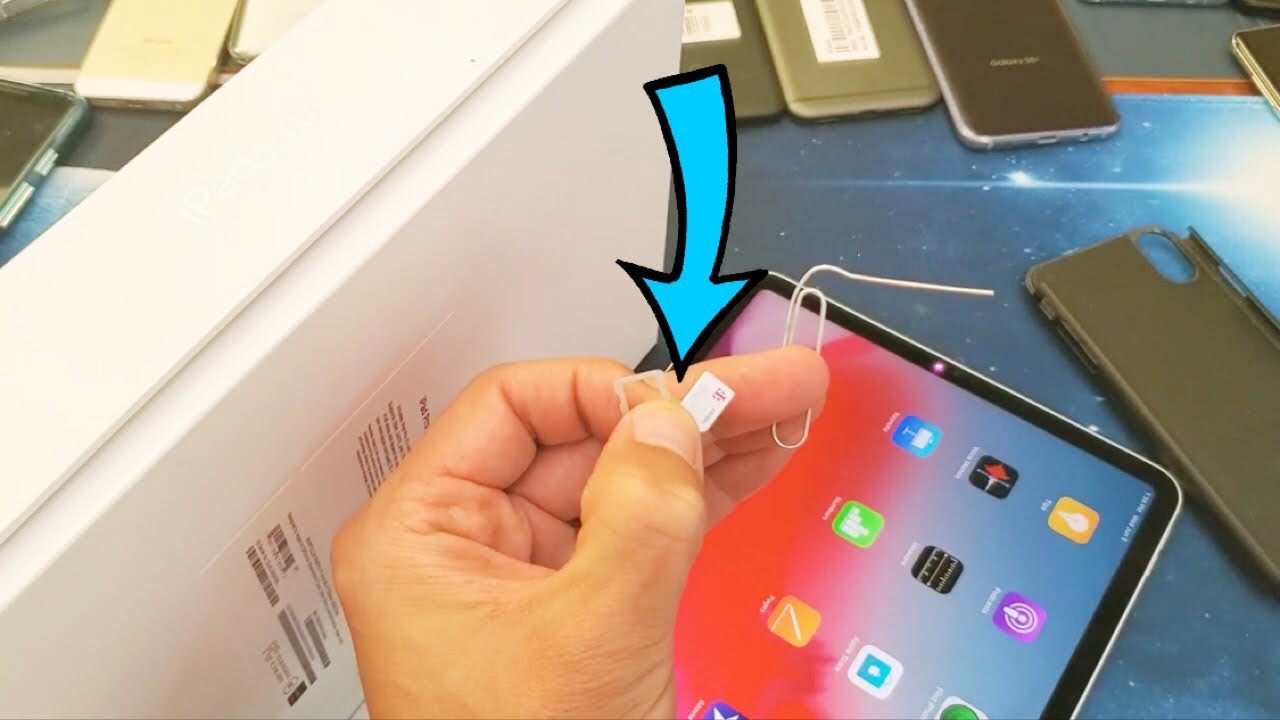Introduction
In today's fast-paced digital age, staying connected is an indispensable part of our daily lives. Whether it's for making calls, sending texts, or accessing the internet, the role of mobile devices in keeping us linked to the world cannot be overstated. At the heart of this connectivity lies the Subscriber Identity Module (SIM) card, a small, yet pivotal component that enables our devices to communicate with cellular networks.
Understanding the significance of SIM cards begins with recognizing the various sizes they come in. From the traditional standard SIM to the more recent nano SIM, these tiny chips have evolved to accommodate the ever-changing landscape of mobile technology. As such, having a clear grasp of the different SIM card sizes is essential for ensuring seamless compatibility with our devices.
In this comprehensive guide, we will delve into the intricacies of standard, micro, and nano SIM cards, unraveling their unique characteristics and shedding light on how to identify the right size for your specific device. By the end of this exploration, you will emerge equipped with the knowledge needed to navigate the world of SIM cards with confidence and ease. Let's embark on this enlightening journey to demystify the realm of SIM card sizes.
Standard SIM Card
The standard SIM card, also known as the mini-SIM, was the first form factor of the SIM card to be widely used in mobile devices. With dimensions of 25mm x 15mm, it was the standard for many years and was compatible with a wide range of mobile phones and other cellular devices. The larger size of the standard SIM card made it relatively easy to handle and insert into devices, which was a practical advantage in the early days of mobile technology.
Despite its widespread use in the past, the standard SIM card has become less common in modern devices. As mobile technology advanced, the need for smaller and more compact SIM cards became apparent. However, some older devices and certain niche applications still rely on the standard SIM card size, making it important to understand its characteristics and compatibility.
One notable feature of the standard SIM card is its versatility. It can be used in various types of devices, including older feature phones, early smartphones, and some IoT (Internet of Things) devices. While many newer devices no longer support the standard SIM card size, adapters are available to convert a standard SIM card into a micro or nano SIM card, allowing it to be used in more modern devices.
Understanding the standard SIM card is crucial for those who may encounter older devices or specialized equipment that still rely on this form factor. As technology continues to evolve, it's important to acknowledge the historical significance of the standard SIM card while recognizing its diminishing presence in the current mobile landscape.
In the next section, we will explore the evolution of the SIM card with the introduction of the micro SIM, addressing the need for smaller form factors in the ever-shrinking dimensions of modern mobile devices.
Micro SIM Card
The evolution of mobile technology has brought about significant changes in the design and functionality of SIM cards. The introduction of the micro SIM card marked a pivotal moment in this evolution, as it addressed the need for smaller form factors to accommodate the increasingly compact dimensions of modern mobile devices.
The micro SIM card, also known as the mini-UICC (Universal Integrated Circuit Card) or the 3FF (Third Form Factor) SIM card, was developed to provide a more space-efficient solution while retaining the essential functionality of its larger predecessor, the standard SIM card. With dimensions of 15mm x 12mm, the micro SIM card significantly reduced the footprint of the traditional SIM card, making it well-suited for the sleek and slim designs of contemporary smartphones and other portable devices.
One of the key drivers behind the transition to the micro SIM card was the relentless pursuit of miniaturization in the mobile industry. As smartphones and tablets became increasingly compact, there arose a need to reduce the size of internal components, including the SIM card, without compromising their functionality. The micro SIM card addressed this need by offering a smaller form factor while maintaining compatibility with the existing infrastructure of SIM card slots in devices.
The adoption of the micro SIM card by major mobile manufacturers further solidified its position as a standard form factor for a wide range of devices. This transition prompted mobile network operators to provide micro SIM cards to their subscribers, ensuring seamless compatibility with the latest mobile devices. Additionally, the backward compatibility of micro SIM cards with adapters allowed them to be used in devices that still supported the larger standard SIM card size.
The smaller size of the micro SIM card also facilitated the design of slimmer devices, enabling manufacturers to create sleeker and more aesthetically appealing products. This shift towards miniaturization not only influenced the physical dimensions of SIM cards but also reflected the industry's commitment to enhancing user experience through innovative design and engineering.
As we continue to explore the evolution of SIM card sizes, we will delve into the nano SIM card, the latest iteration in SIM card technology, and its impact on the mobile landscape.
Nano SIM Card
The nano SIM card represents the latest breakthrough in SIM card technology, embodying the relentless pursuit of miniaturization and efficiency in the mobile industry. With dimensions of 12.3mm x 8.8mm, the nano SIM card is significantly smaller than its predecessors, the standard SIM card and the micro SIM card. This reduction in size was driven by the ongoing quest to create ultra-compact mobile devices without compromising essential features such as cellular connectivity.
The introduction of the nano SIM card was motivated by the need to free up valuable space within modern devices, particularly smartphones and wearables, for additional components and advanced technologies. By shrinking the SIM card to its current nano size, device manufacturers were able to allocate more room for larger batteries, improved cameras, and enhanced internal hardware, thereby enhancing the overall user experience.
Despite its diminutive size, the nano SIM card retains the fundamental functionality of its larger counterparts, enabling seamless communication between devices and cellular networks. Its compatibility with the existing SIM card infrastructure, coupled with the availability of adapters for older devices, ensures that subscribers can easily transition to the nano SIM format without encountering compatibility issues.
Furthermore, the nano SIM card's reduced footprint has contributed to the design of sleeker and more streamlined devices, reflecting the industry's commitment to delivering aesthetically pleasing and ergonomic products. This shift towards miniaturization has not only transformed the physical dimensions of SIM cards but has also influenced the design and functionality of modern mobile devices, reinforcing the symbiotic relationship between SIM card technology and device innovation.
The widespread adoption of the nano SIM card by leading mobile manufacturers and network operators underscores its pivotal role in shaping the contemporary mobile landscape. As the industry continues to push the boundaries of innovation, the nano SIM card stands as a testament to the remarkable progress in miniaturization and the unwavering dedication to enhancing the capabilities of mobile devices.
As we navigate the ever-evolving realm of SIM card sizes, the nano SIM card serves as a testament to the industry's relentless pursuit of technological advancement and its commitment to delivering cutting-edge solutions that empower users to stay connected in an increasingly interconnected world.
How to Choose the Right SIM Card Size
Selecting the appropriate SIM card size is essential to ensure seamless compatibility with your mobile device. When faced with the task of choosing the right SIM card size, several factors should be taken into consideration to facilitate a smooth and hassle-free experience. Here are the key considerations to guide you in making an informed decision:
-
Device Compatibility: The first step in selecting the right SIM card size is to identify the specific requirements of your mobile device. Newer devices, particularly smartphones and tablets, often utilize nano SIM cards due to their compact dimensions. However, older models or specialized equipment may still rely on standard or micro SIM cards. It is crucial to consult the device's documentation or the manufacturer's specifications to determine the compatible SIM card size.
-
Network Operator Requirements: Different network operators may have varying preferences for SIM card sizes. When obtaining a new SIM card or replacing an existing one, it is advisable to inquire with your network operator about their recommended SIM card size. This ensures that the SIM card aligns with the operator's standards and can seamlessly integrate with their network infrastructure.
-
Adaptability and Flexibility: In scenarios where the SIM card size does not match the device's slot, adapters can be utilized to bridge the gap. For instance, a nano SIM card can be inserted into a micro or standard SIM card slot using a suitable adapter. This adaptability provides added flexibility, allowing users to switch between devices with different SIM card requirements without encountering compatibility issues.
-
Future-Proofing: Considering the evolving nature of mobile technology, it is prudent to anticipate future device upgrades or replacements. Opting for a nano SIM card, if compatible with your current device, can future-proof your SIM card investment, ensuring that it remains compatible with upcoming devices that may exclusively support the nano SIM format.
-
Consultation with Service Providers: Seeking guidance from authorized service providers or mobile device retailers can offer valuable insights into selecting the right SIM card size. These professionals can provide tailored recommendations based on your specific device and usage requirements, helping you make an informed decision that aligns with your connectivity needs.
By carefully evaluating these factors and understanding the nuances of SIM card compatibility, you can confidently choose the right SIM card size that seamlessly integrates with your device, network operator, and future mobile technology advancements.
As we conclude this comprehensive exploration of SIM card sizes, it is evident that the evolution of SIM card technology has paralleled the rapid advancements in mobile devices, reflecting the industry's commitment to enhancing connectivity while embracing the principles of miniaturization and efficiency.
Conclusion
In conclusion, the journey through the evolution of SIM card sizes has unveiled the profound impact of technological innovation on the mobile industry. From the standard SIM card's historical significance to the introduction of the micro SIM and the latest nano SIM, each iteration reflects the industry's relentless pursuit of miniaturization and efficiency. The transition from larger to smaller form factors has not only facilitated the design of sleeker and more compact devices but has also underscored the industry's commitment to enhancing user experience and connectivity.
As mobile devices continue to evolve, the importance of selecting the right SIM card size cannot be overstated. The considerations outlined in the guide, including device compatibility, network operator requirements, adaptability, future-proofing, and consultation with service providers, serve as invaluable guidelines for users seeking to navigate the intricacies of SIM card compatibility.
The standard SIM card, although less prevalent in modern devices, remains relevant in specific applications, emphasizing the importance of understanding its characteristics. The micro SIM card, with its reduced footprint, played a pivotal role in accommodating the slim designs of contemporary devices, while the nano SIM card represents the pinnacle of miniaturization, enabling the creation of ultra-compact mobile devices without compromising essential features.
The seamless integration of SIM cards with cellular networks, facilitated by their evolving form factors, epitomizes the industry's dedication to enhancing connectivity and user convenience. As the mobile landscape continues to evolve, the nano SIM card stands as a testament to the industry's unwavering commitment to technological advancement and the seamless integration of cutting-edge solutions.
In essence, the evolution of SIM card sizes mirrors the broader narrative of mobile technology, encapsulating the industry's drive to innovate and adapt to the ever-changing demands of users. By embracing the principles of miniaturization, efficiency, and adaptability, SIM card technology continues to play a pivotal role in shaping the interconnected world of modern mobile devices.
As we bid farewell to this exploration, armed with a deeper understanding of SIM card sizes, we are poised to navigate the dynamic landscape of mobile connectivity with confidence and insight, empowered by the knowledge of how these tiny yet indispensable components enable us to stay seamlessly linked to the digital world.









